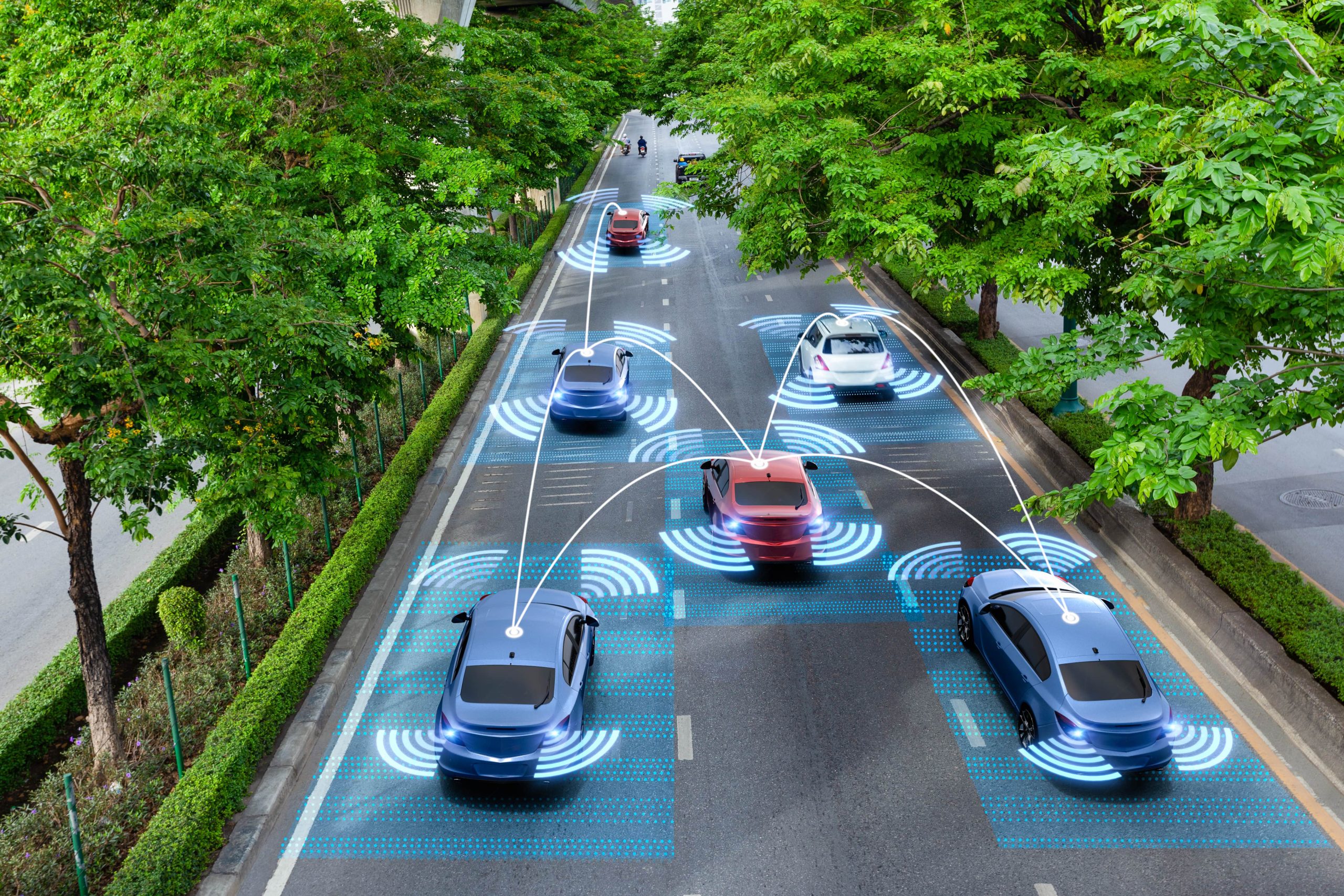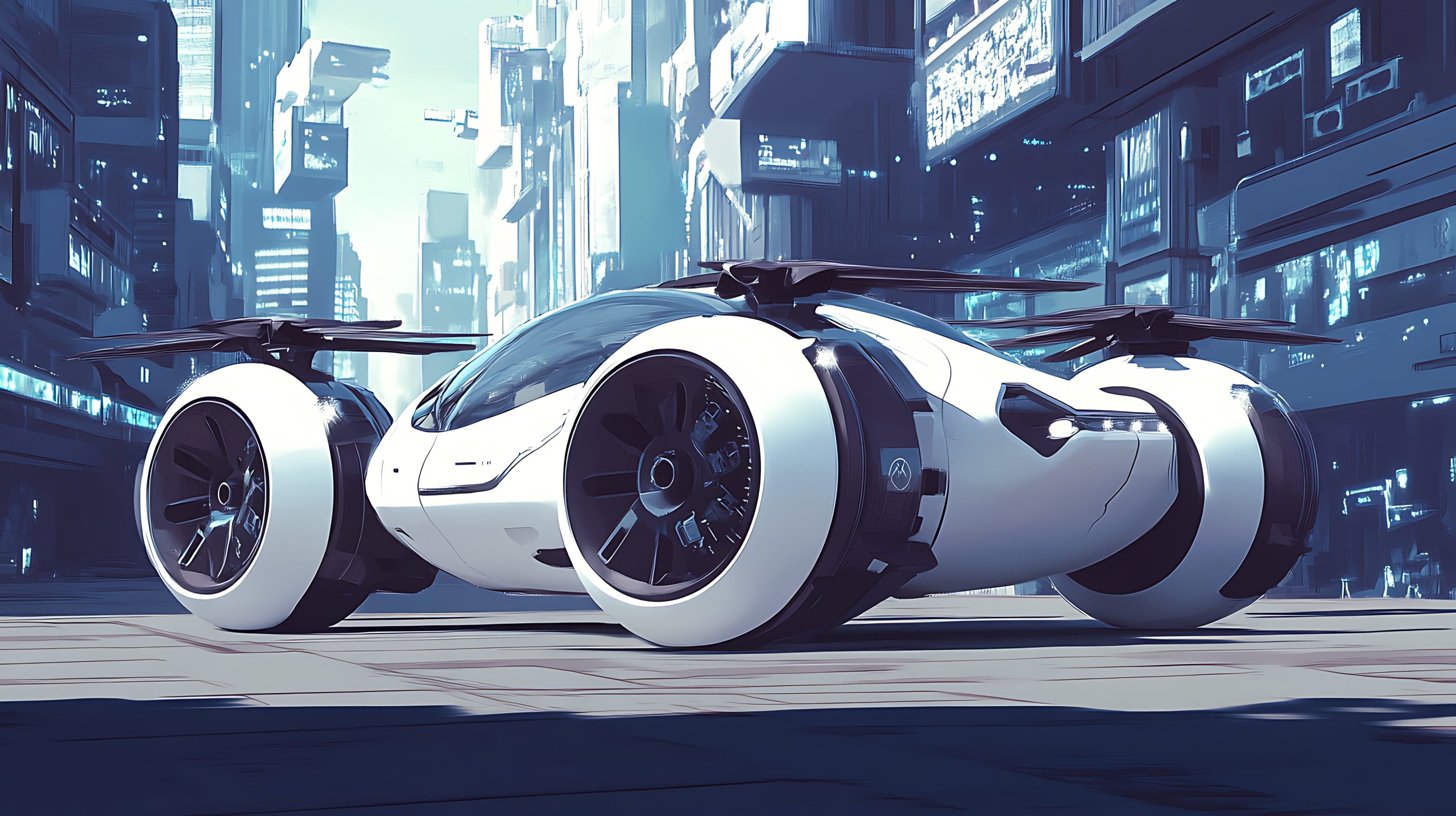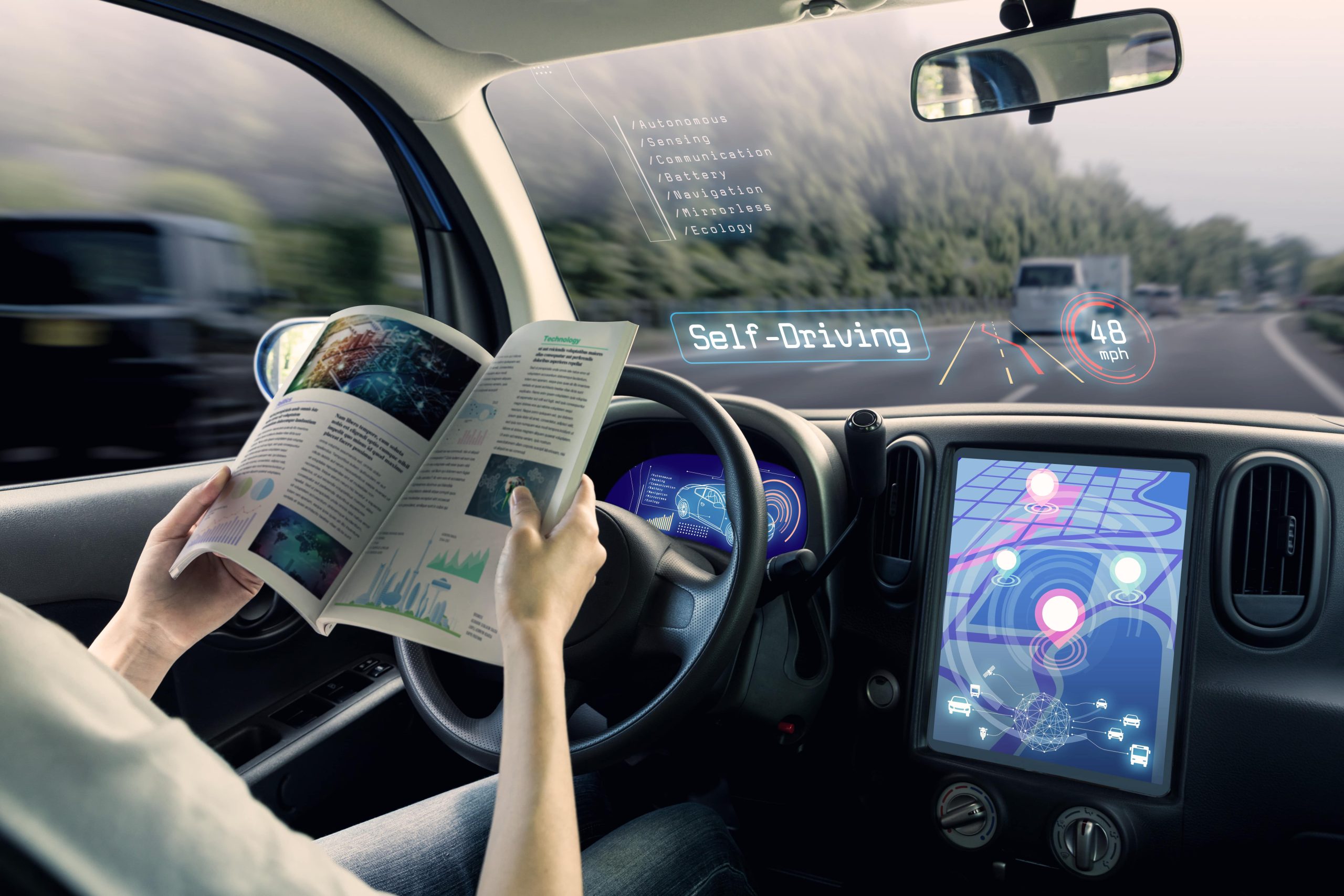Picture this: a car that drives itself, while you sit back and relax. It sounds like science fiction, but it’s getting closer to real life every day. Cars are getting smarter, and technology is moving fast. Big companies are racing to be the first to put truly driverless cars on the road.
But smart machines don’t always mean simple solutions. The journey to hands-free driving comes with roadblocks that need to be solved first. Still, one thing is clear—how we get from place to place may be about to change in a big way.
Understanding the Road to Self-Driving Cars
Despite excitement from both the car companies and potential customers, there are some things blocking self-driving vehicles. Challenges remain in making this a widespread reality. Self-driving systems require technical breakthroughs and changes in law and how people see them. Also, factors like making sure self-driving cars are safe, dependable, infrastructure changes, and laws are important things to think about. Some of the factors to keep in mind:
- Safety Concerns: People worry a lot about how safe self-driving vehicles are. They want to know that these cars can handle different road conditions and respond correctly to unexpected things.
- Technical Hurdles: Creating dependable self-driving systems is hard because it needs advanced sensors, strong computers, and great software. They must work well in all kinds of situations.
- Legal and Ethical Dilemmas: As self-driving cars become more common, we will have to figure out who is responsible when there are accidents. Also, there are moral questions about how these cars make decisions in tough situations.
- Infrastructure Needs: Self-driving cars need good road systems, dependable communication networks, and accurate maps to work right.
- Acceptance by the Public: For self-driving cars to become widespread, people must trust them and feel okay using them. Overcoming worries and showing the advantages of this technology is key.
AI is Helping Vehicle Development
Researchers are using artificial intelligence to make driverless vehicles happen sooner. They are creating new methods that use reinforcement learning with neural networks. AI and machine learning are being used more and more in the auto industry to drive new ideas. They use light from pulsed lasers to measure distances. These sophisticated features play a big part in making autonomous vehicles. AI’s role extends beyond mere automation. It enhances predictive capabilities and decision-making processes. The incorporation of AI offers significant benefits.
Considering Self-Driving Car Progress in the Future
Experts say self-driving vehicles will change our lives a lot. That change includes:
- Enhanced safety: The thought is that self-driving cars can bring down the number of accidents that occur due to human mistakes.
- Traffic flow improvements: The hope is that the ability of self-driving cars to communicate can improve traffic. They do this by adjusting speeds and keeping safe distances.
- More accessibility: Those who cannot drive themselves, like older adults or people with disabilities, may find that self-driving cars are a big help to them.
- Urban transformations: Cities may become different due to how self-driving cars change parking needs, public transportation use and city design.
Economic and Social Changes
Aside from changing transportation, self-driving vehicles could have far-reaching effects on the economy and society.
- Job market changes: As the need for drivers goes down, there might be big changes in jobs in driving-related industries such as trucking and taxis.
- New business models: Self-driving technology can bring forth new business opportunities. They can lead to fresh services such delivery services using drones, and mobile businesses.
- Boost in productivity: Commuters may use travel time for work. It could raise overall productivity.
- Shift in consumer behavior: As autonomous vehicles become more common, consumer preferences could change. More people can start choosing shared mobility services.
What Is Coming Next For You and I?
While the exact timeline is uncertain, experts predict that self-driving cars will become more common in the coming decades. Factors such as technological advancements, regulatory approvals, and public acceptance will influence the widespread adoption of these vehicles.
Though self-driving vehicles might not be common right now, they could be here soon. Many people predict these systems will become more widespread in the coming years.
- More vehicle technology for hands-free rides.
- New moral codes put into automobile applications.
- The chance of reduced costs because of cheaper ride-hailing services.
Current expectations that experts have are 2035 for anything close to a fully self-driving car. There are different levels and this 2035 guess from experts is to get to level 5 of self driving!
In Summary
Self-driving cars are no longer just a dream. They’re slowly becoming part of our reality, even if some challenges remain. From safety concerns to public trust, there’s still work to do. But progress is happening, step by step. AI and new technology are helping us get closer to a future with fewer crashes and easier travel for everyone. While full self-driving may still be years away, the journey has already started. The road ahead is exciting, and change is coming.









